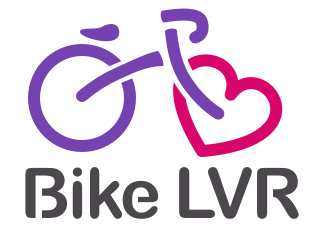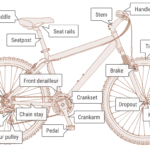To ensure proper bike maintenance and a smooth ride, it’s helpful to understand the various parts that make up your bike wheels. Familiarizing yourself with the Anatomy of a Bike Wheel helps you roll when and where you want.

Anatomy of a Bike Wheel 🛞
Bike Wheel Rim
The rim is the outer edge of the wheel that holds the tire in place. It serves as the primary contact point between your bike and the ground, ensuring a stable ride. Rims come in various materials, such as aluminum or carbon, each with its unique advantages and disadvantages. Pay attention to the condition of your rims and replace them if they become damaged, chipped, or excessively worn.
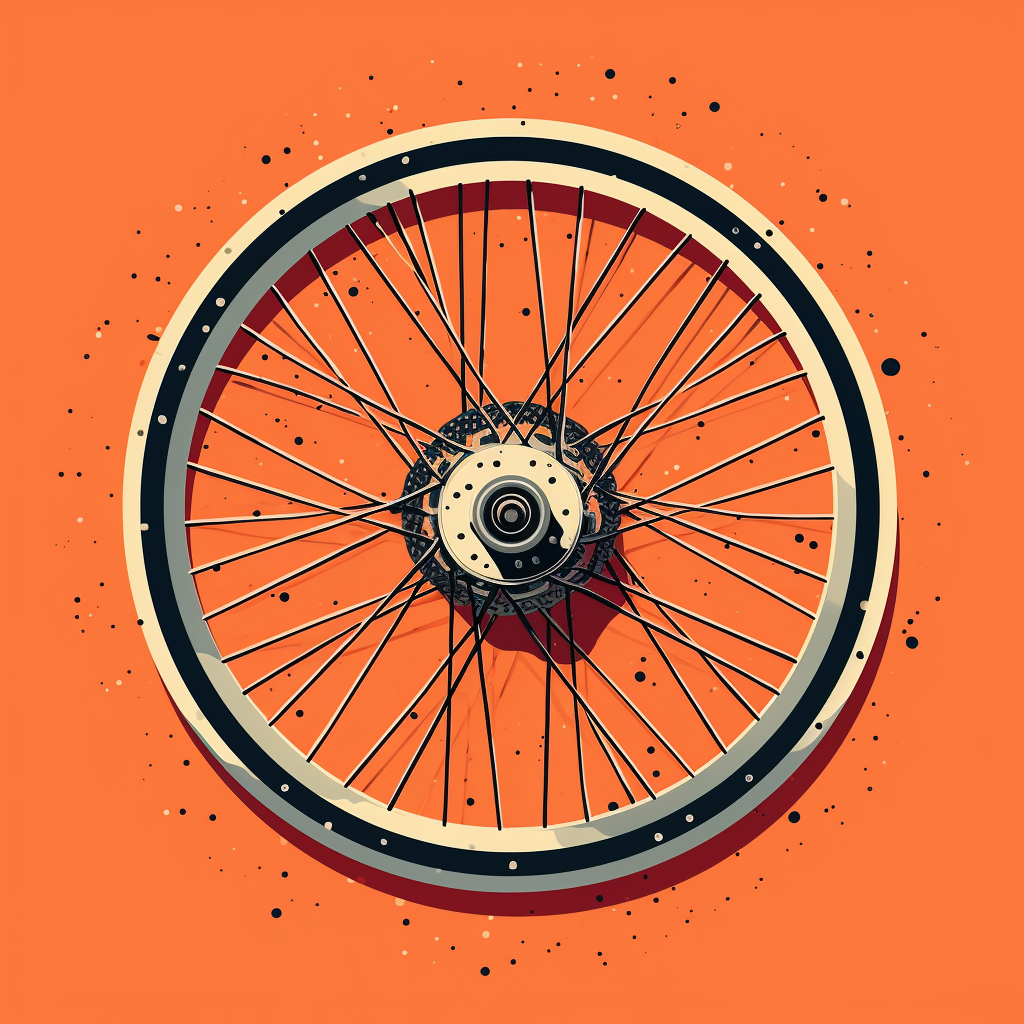
What are Spokes?
Spokes are thin metal rods that connect the hub to the rim, providing structural support and maintaining the wheel’s shape. They play a crucial role in evenly distributing the weight of the rider and bike, preventing the wheel from collapsing under pressure. Spokes can be tightened or loosened using a spoke wrench, allowing you to adjust the wheel’s tension and alignment. Regularly inspect your spokes for damage or signs of fatigue, as broken or loose spokes can lead to wheel instability.
What is a Bike Hub?
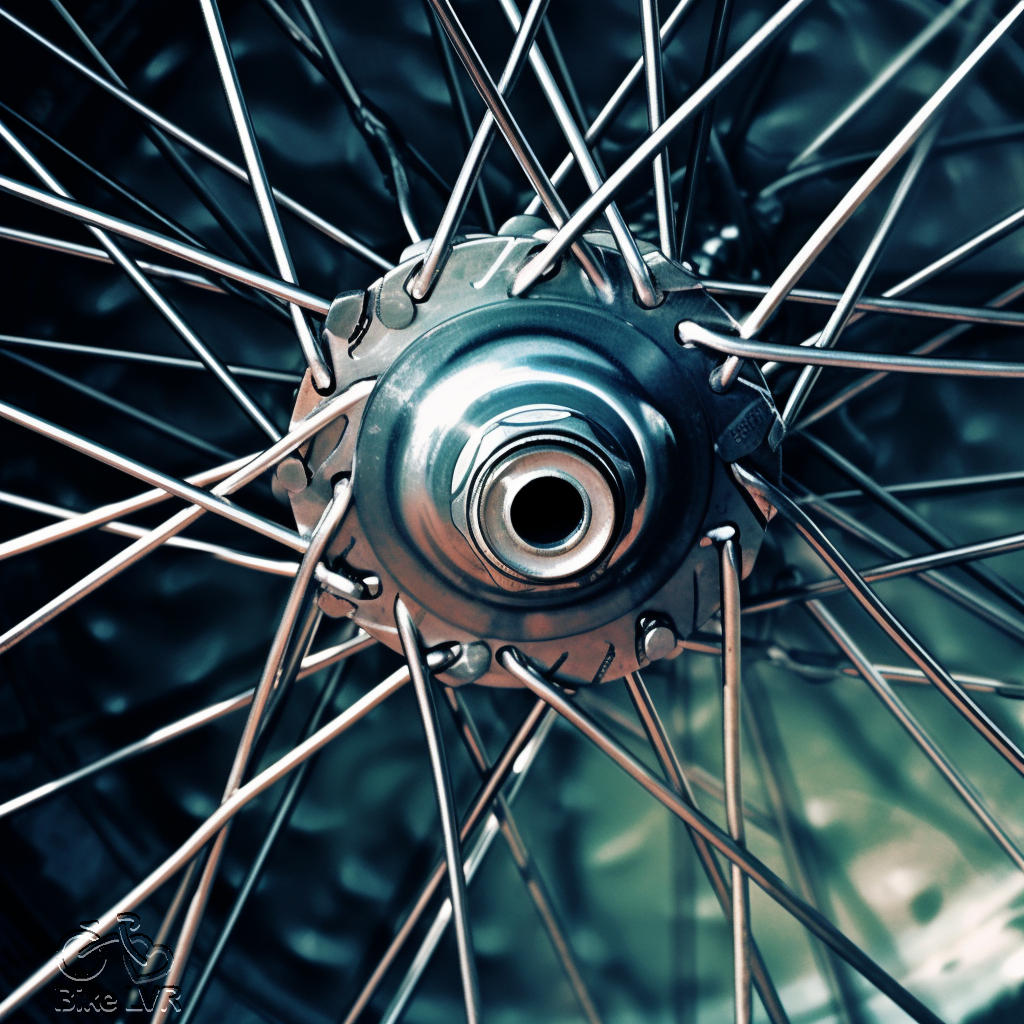
The hub is the central part of the wheel that houses the axle and bearings. It allows the wheel to spin freely around the axle while maintaining a secure connection to the bike’s frame. Hubs come in various designs and materials, affecting factors such as weight, durability, and performance. Keep your hub clean and well-lubricated to ensure smooth and efficient wheel rotation.
Bike Axle
The axle is a metal rod that runs through the hub, providing a stable connection between the wheel and the bike’s frame. It ensures that the wheel remains securely attached to the bike while supporting the weight of the rider. Regularly inspect your axle for signs of wear or damage and replace it if necessary to maintain a secure connection between your bike and its wheels.
Bearings
Bearings are small, round components that sit between the hub and axle, allowing the wheel to spin smoothly with minimal friction. They come in two main types: ball bearings and cartridge bearings. Proper maintenance of your bearings, including regular cleaning and lubrication, is essential for a smooth and efficient ride.
Nipples
Nipples are small, threaded components that connect the spokes to the rim. They allow for tension adjustments to keep the wheel aligned and balanced. When truing (aligning) your wheel, you will tighten or loosen the nipples using a spoke wrench. Ensure that the nipples are in good condition and replace them if they become damaged or stripped.
What is a Bike Quick-Release?
The quick-release skewer is a device that secures the wheel to the bike’s frame, allowing for easy removal and installation without the need for tools. It consists of a rod, a lever, and two adjustable nuts. To remove your wheel, simply open the lever, and unscrew the adjustable nuts until the wheel is free. When reinstalling the wheel, ensure that the quick-release skewer is properly tightened and the lever is in the closed position so it won’t catch on a ride.

What you need to know about Bike Tires:
Tires are one of the most crucial components of a bike wheel, affecting the riding experience in various ways. They come in different sizes and types, each designed for specific terrains or riding styles. A good set of tires can provide better traction and control on rough terrain while ensuring a smooth ride on paved roads. It’s essential to choose the right tires and maintain them properly by checking their pressure regularly and replacing them when necessary. Neglecting tire maintenance can lead to punctures, reduced performance, and even accidents, so it’s important to keep them in good condition at all times.
Valves for Bike Tires
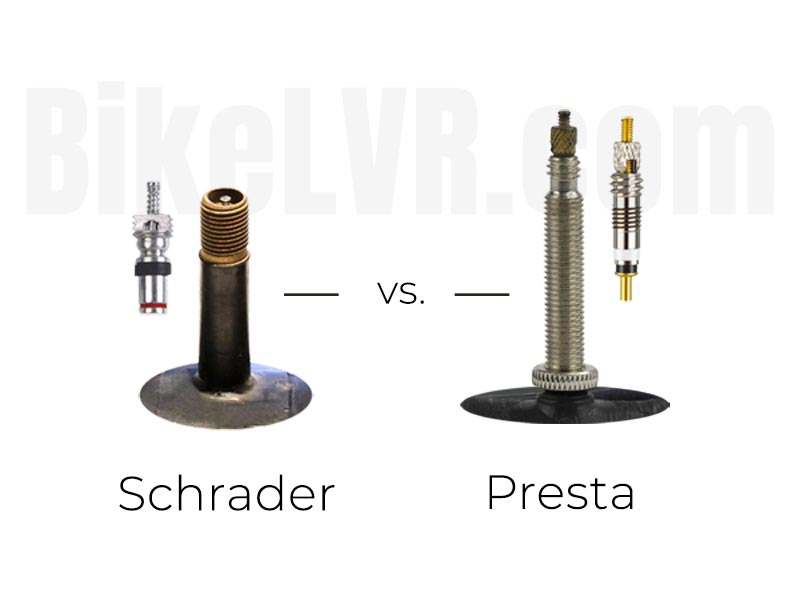
Valves might seem like a small component of a bike wheel, but they play a crucial role in regulating air pressure and ensuring optimal performance. There are two main types of valves used in bike wheels – Presta and Schrader valves. Presta valves are commonly found on road bikes, while Schrader valves are more prevalent in mountain bikes and Fat tire bikes. Using the correct valve type is helpful to avoid improper inflation which can make for a harsh (over inflated) or dangerous (under inflated) ride. Properly inflated tires with functioning valves improve your bike’s performance and make for a smoother ride. Pay attention to these small but significant components when you bike as having the wrong bike pump / valve combo is a headache to avoid.
FAQs about Bike Tires:
How do I know when it’s time to replace my bike tires?
Bike tires play a crucial role in maintaining traction and ensuring a smooth ride. Over time, they wear down, affecting your bike’s performance and safety. Signs that it’s time to replace your bike tires include:
- Tread wear: Check the tread pattern on your tires. If it’s significantly worn down or almost smooth, it’s time to replace them.
- Cracks or cuts: Inspect your tires for any visible cracks or cuts on the sidewalls or the tread. These can compromise the tire’s structural integrity and may lead to a blowout.
- Frequent flats: If you find yourself constantly fixing punctures or dealing with flats, it could be an indication that your tires are worn and need replacement.
How do I maintain proper tire pressure? 🛞
Maintaining proper tire pressure is essential for a comfortable ride and prolonging the life of your tires. To do this, follow these steps:
- Locate the recommended tire pressure range printed on the sidewall of your tire or in your bike’s owner’s manual.
- Use a bike pump with a built-in pressure gauge to inflate your tires. Check the pressure regularly (at least once a month or before long rides) and adjust as needed.
- Keep in mind that changes in temperature can affect tire pressure. In colder weather, the pressure may decrease, while in warmer weather, it may increase. Adjust your tire pressure accordingly.
How can I tell if my bike wheels are out of alignment and what can I do about it?
A misaligned or “out of true” wheel can cause uneven wear on your tires, negatively impact your bike’s handling, and even lead to accidents. To check if your wheels are out of alignment:
- Lift your bike off the ground and spin the wheel. Observe the rim as it moves past the brake pads or another fixed reference point. If the rim appears to wobble or move from side to side, your wheel may be out of alignment.
- If you notice a minor wobble, you can try to true the wheel yourself using a spoke wrench. Tighten or loosen the spokes connected to the wobbling area to adjust the wheel’s alignment. This process requires patience and precision, so if you’re unsure, consult a professional bike mechanic.
- In some cases, a severely misaligned wheel may require replacement, especially if the rim is bent or damaged.
